We Were So Pretty
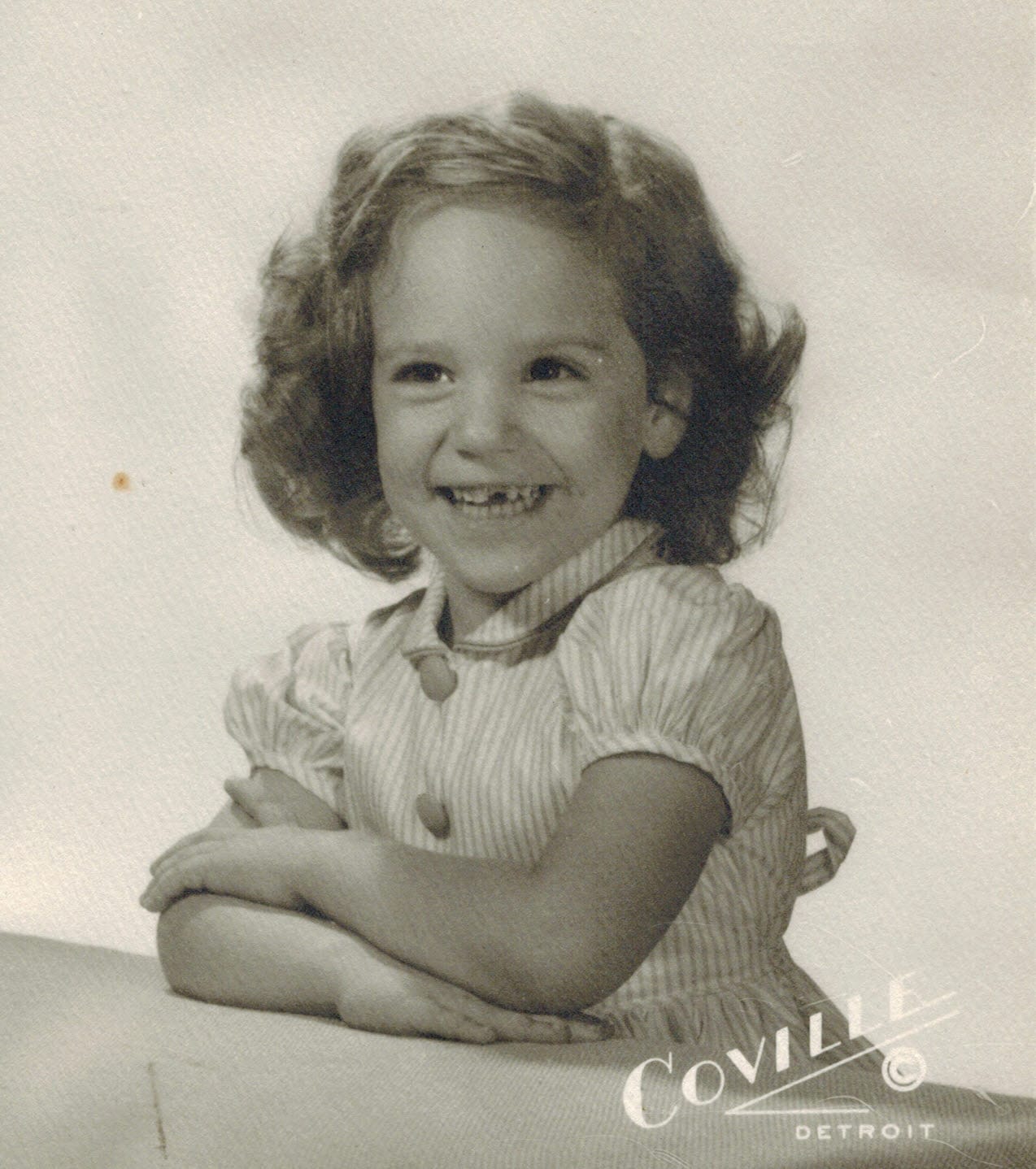
"There is no beauty without some strangeness of proportion."
— Edgar Allan Poe
A Visitor From the Past
Several years ago a woman came into my bookshop. I recognized her immediately.
Let’s call her Daisy (obviously not her real name). Everyone knows a Daisy. You, Dear Reader, know one too.
This particular Daisy and I had gone to high school together and we “hung out” from time to time. She was gorgeous. Slim, blonde, tanned, athletic; she was beyond cool. Like most of us at the time, her hair (in her case luxuriant) was parted in the center like a set of golden curtains framing a sunny window. She had attitude. She drank and did drugs; clearly damaged goods, but damaged in an attractive way, dusted with the shimmer of “bad girl” mystique. She had mastered the hair flip, and she sometimes had the bounciest ponytail. She was failing or close to failing most subjects in school, but this only further enhanced her allure. Everyone adored or envied her. When she entered a room, all faces would turn to her like flowers towards sunlight. Like giddy trained seals, we would clap at the majesty of the skinny white suburban girl, desperate to bask in her light, to be acknowledged and deemed cool enough to be noticed.
Was I jealous? Was I envious? Not at all. I was merely awed by her presence and honoured by her deigning to spend time with me. I was delighted to be the “mean” girl foil to her “bad girl”. Or at least that was what I aspired to.
She had the right kind of look, and she did the bad-girl thing with all the reality show allure of a drunken bridesmaid at a bachelorette party. It was a blueprint of a suburban fairy tale, pure and unblemished, a poster and a placebo.
Did I like her? Not really. We had nothing in common, no similar interests, no beliefs in common. I doubt we ever had a truly meaningful conversation. We were not friends — merely part of a cohort of high school popularity.
Over the span of about three decades, we both had changed. She had somehow managed to maintain much of her good looks, although there was a hint of thickening and coarsening around the edges. Still, she looked quite pretty.
Her personality seemed much the same as I remembered. It’s difficult to describe, but if a personality could be likened to merciless fluorescent lighting of a big box retailer blended with the stench of plastic that would give some notion of it.
Now older and wearing clothes clearly selected from the Walmart “Faded Glory” line often donned by women terrified of aesthetic decline, she launched into a breathless summary of the past thirty years. She commented on the incongruity of her coming into a bookshop as she hadn’t read anything since high school. I was given updates on several high school acquaintances. She was in a good position to do so as she kept in touch with many of them through reunions, parties and the then burgeoning social media world. Her intellectual and emotional plateaus had been reached in the mid-70s and there she remained.
Her braying like an aging hot mule brought to mind convenience store hot dog water and Du Mauriers. Perhaps it was the association with the actual scent of cheap dollar store soap wafting around her, combined with eau-de-Febreze or pine tree car freshener — the kind you might find dangling from the rear-view mirror along with plushy dice (I told you I was the mean girl and little has changed).
Her stories reminded me of those mini bios accompanying the Playmate of the Month where “Tiffany” would list her pet peeves and “turn-ons”, all handwritten in loopy script with whimsical hearts dotting the letter “I”s, dazzling with the mundane.
No, I didn't like her then, and I didn't like her now.
“You Won’t Believe Me”
At the time of her visit, my son was working in the store with me. Upon introductions, Daisy’s immediate and unsolicited comment to him was:
“You won’t believe me, but your Mom was really good looking back in high school.”
My son, being both a gentleman and a kind person replied:
“I think she’s beautiful now.”
And then he turned around and went into the back room, clearly done speaking with her. At that moment, I felt a wave of love, gratitude and pride.
Aside from Daisy’s complete lack of tact, she did have a point. Most people who knew me back in the 1970s and who have run into me since the late 1980s do not recognize me. It’s not just the blonde hair turning completely white. My face has changed in ways difficult to reconstruct. Life, as they say, happens.
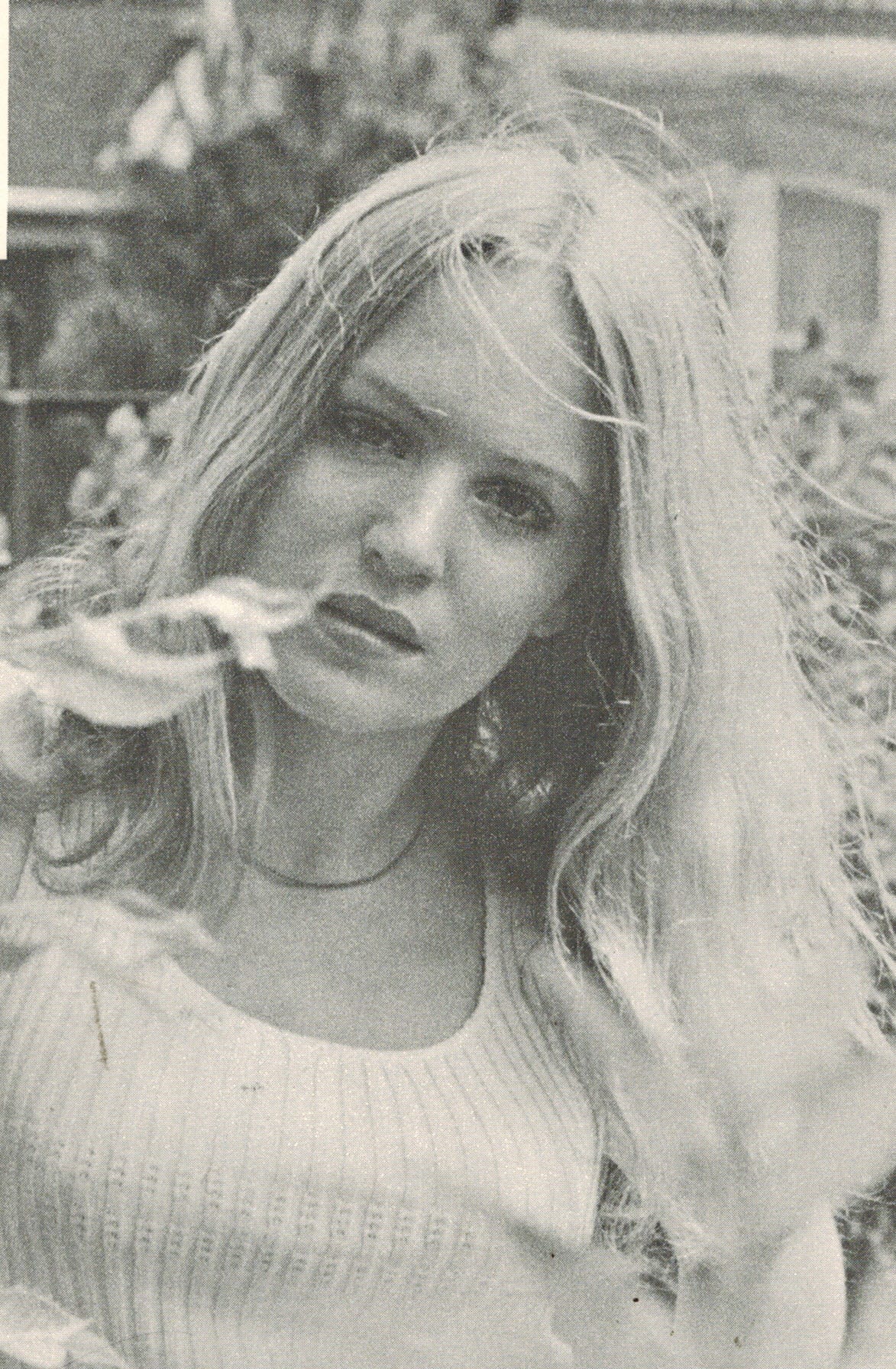
Main Character Syndrome
While droning on about her life, rendering everything in a petting-zoo conversational format (safe and uninspiring), she did share some “mature bad girl” stories. But, like George Carlin once said (on another topic), her stories were:
“Stunningly full of shit — exploding with bullshit — you could stand back in awe of the bullshit”.
All the while, she was looking at me with flinty judgment in her squint, as though I had somehow begun to spoil like a forgotten carton of milk at the back of the fridge.
During this brief encounter, to quote Robert Benchley
“Drawing on my fine command of language, I said nothing”.
There was no reason for me to speak. Daisy, and others of her ilk, suffer from Main Character Syndrome. It really is all about them.
Yes, I’m acting mean. Yes, I’m being "judgy" too.
Daisy may have had a hard life, and she may have deeper stories to tell. She may have spiritual depths and profound insights. Still, despite making an effort here to be generous, I doubt it. I will never know.
Daisy Was Right
“Most people seem to live in character, they have a beginning, a middle, and an end. They have a class, they have a place, they know what is becoming in them and what is due them — But there is also another kind of life… One gets hit by some unusual transverse force, one is jerked out of one’s stratum and one lives crosswise for the rest of time”.
— H.G. Wells (Tono Bungay)
Daisy was right. I was good looking back then. But not any longer. Like H.G. Wells quote above and Edgar Allan Poe’s comment at the beginning of this essay, my appearance has shifted away from the typical aesthetic.
At the time when I was eager to be the mean girl foil to Daisy’s bad girl, I was modelling. This was 1973 and I was 15 years old, attempting to traverse strange terrain I had no preparation to navigate.
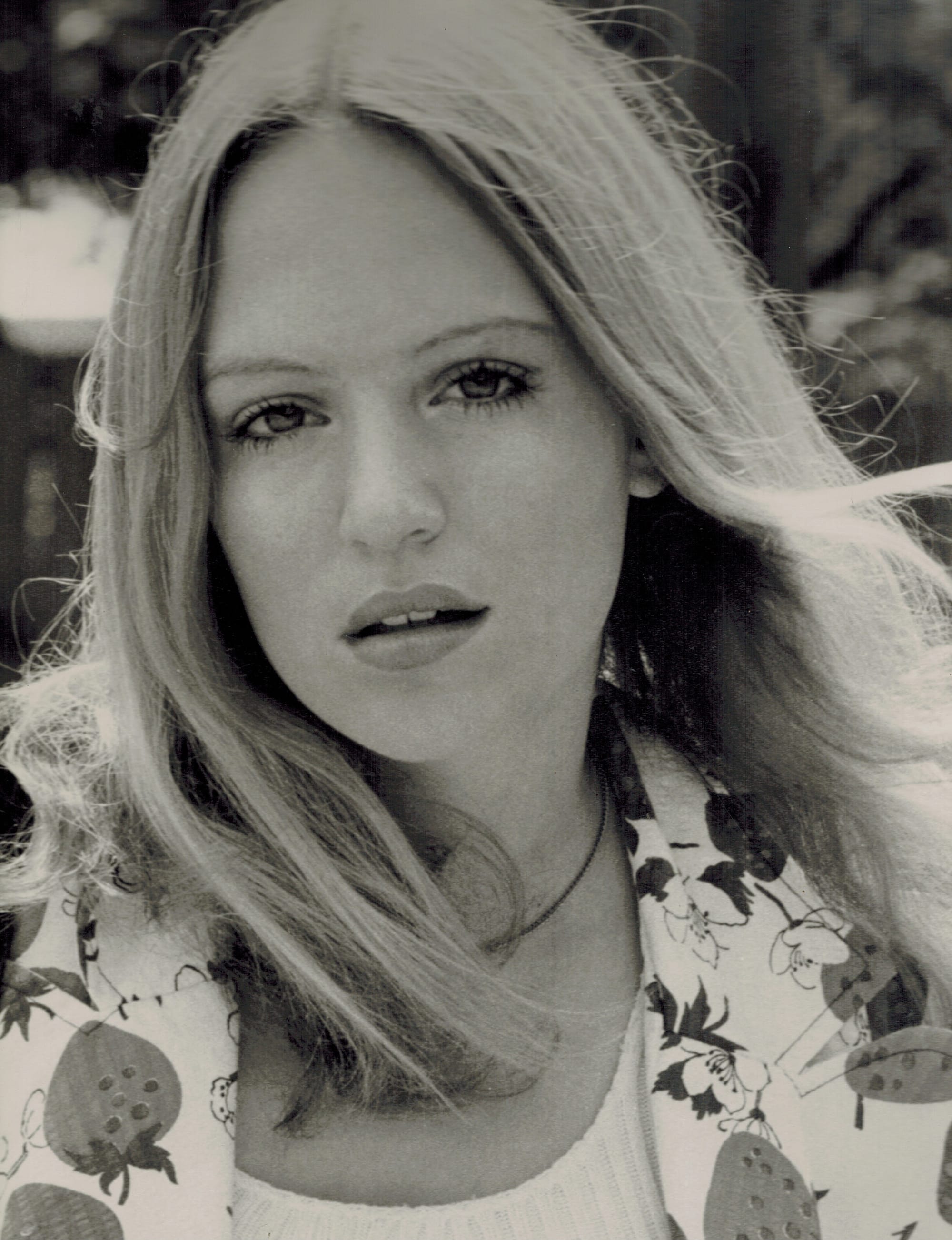
Hiding the Inner Nerd
Back then, perhaps attempting to hide my true nerdy self, I cultivated what I hoped was a deeply blasé attitude. I too smoked cigarettes, drank, did drugs, wore too much make-up, cursed and did my utmost to almost fail at school. I never actually failed a subject because that would have triggered parental intervention, and I certainly didn’t want that. It was a tightrope act in many ways.
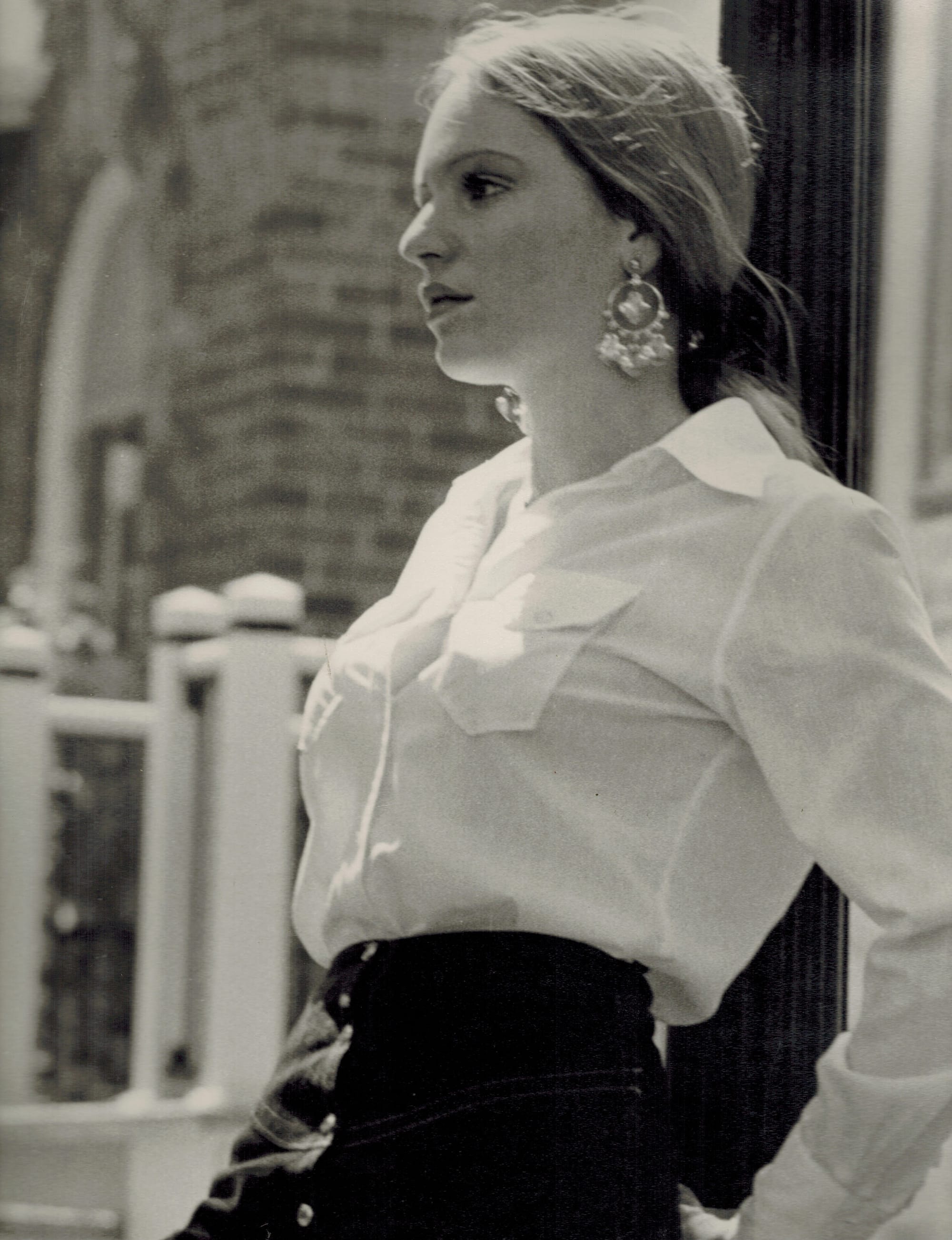
So, I sought out this perceived glamourous world where I would assume a scornful and disdainful look of sophistication, wearing a mask of concealer, foundation, blush, eye liner, mascara, lipstick, powder and other cosmetics. My goal was to be deeply and mysteriously elegant like a Byzantine icon or an ancient mummy portrait.

Unlike most hopeful models, I actually got paid work. I think the reason wasn't so much due to my appearance, but more dogged tenacity in seeking jobs.
One of the more memorable gigs involved being the adoring prop to the male model who was featuring the glories of 100% Dacron polyester double knit plaids. I remember the photo shoot was done at some Toronto park, and there was a trailer in which to change outfits. Naively, I thought there would be a woman’s trailer and a man’s trailer, or at least we would change at separate moments. But no, that was not the case. I was 15 years old, certainly didn’t want to appear prudish or unsophisticated so I gamely stripped and dressed in the presence of many others. The photos ended up in a two-page spread in Men’s Wear of Canada Magazine. Scanned picture below is proof for those who know me now and who wouldn’t recognize me from then.
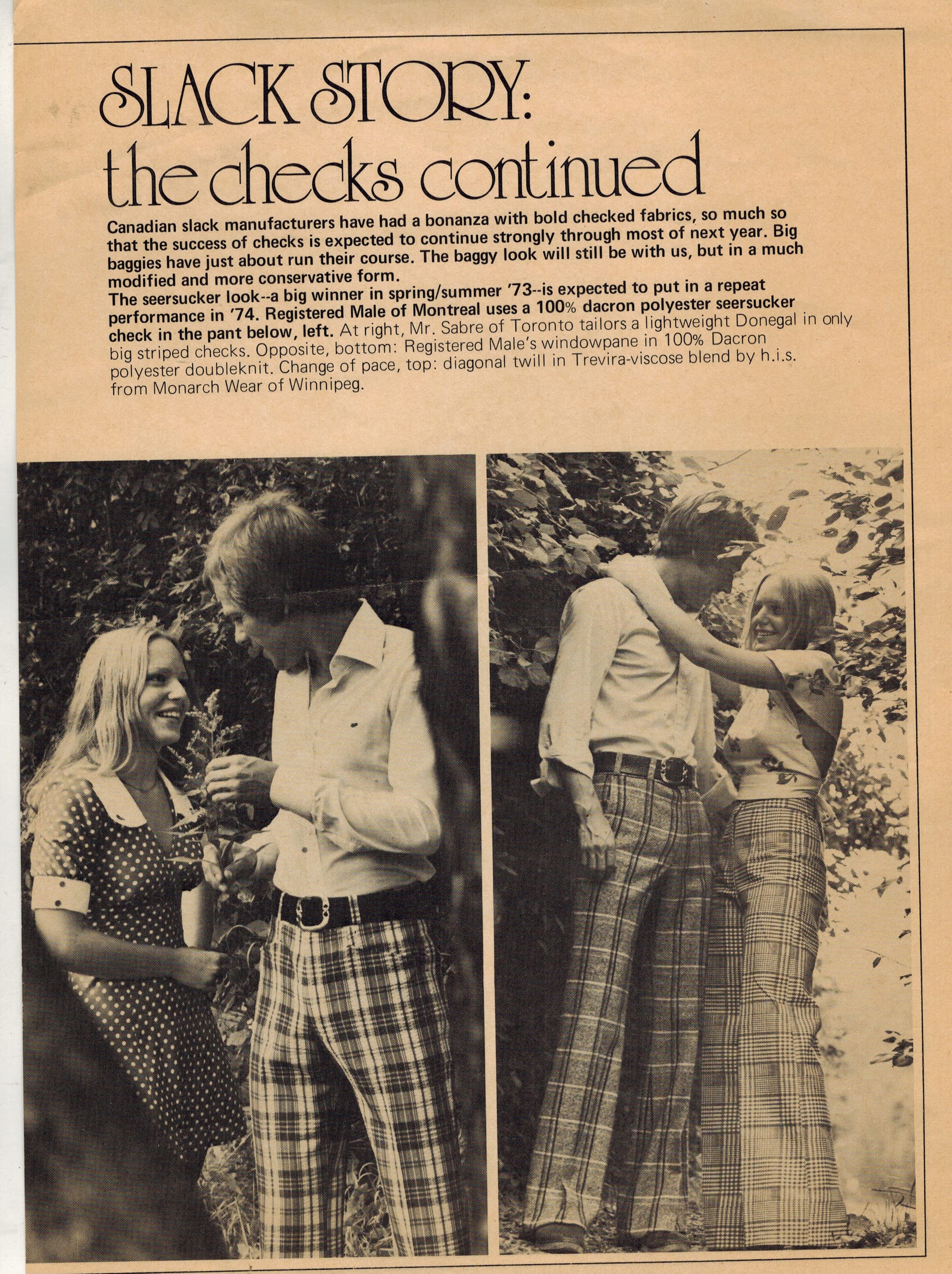
I was soon informed that my physique was unsuited for magazines. At 5’4” and 110 lbs, I was considered too short and too plump (!!) for fashion work or catalogues. I was not bone thin or what would later be termed “heroin chic”. Other than being a prop for men’s fashions or as background, I quickly learned that I was most suited to bra box pictures.
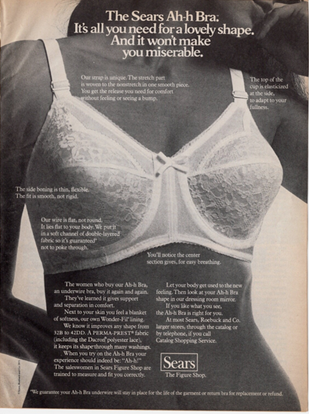
Now brassieres hang wantonly and shamelessly (as they should) from hangers in stores, but in the 1970s each brassiere was packaged in its own demure box. The picture on the outside showed a torso wearing the bra. Usually this image covered the area from the navel to the neck of the model. Faces were an unimportant distraction from the product.
I Was a Perfect Torso
I was told that my torso was perfect for the boxes. I went to many shoots for bra boxes, and my torso appeared on many products, but — unsurprisingly — I never kept any samples. I had them in my “go-see” folder (a “go-see” was what an interview for a prospective shoot was called at the time) but I’ve since tossed or misplaced them. I certainly didn’t take them home to Mother, who thought I was only doing “respectable” work.
Aside from the inherent issues plaguing the modelling industry, all of which have been written and discussed by so many others, I can perhaps add one relevant memory.
During the last shoot for a bra box, the photographer (in the über-typical studio loft with skylights in the ceiling) had some suggestions for me. Steeling myself to the changing of bras in a very large and very well-lit room with several men feigning indifference to the process (perhaps they weren’t feigning, perhaps they were jaded and bored), the photographer thought we could get more “emotion” into the image. Why this would be important when my face wasn’t showing wasn’t clear to me.
Remember, I was 15 years old.
His suggestion? I should “play with myself” — just off camera, just below the torso image. This, he assured me, would make the photographs more beautiful.
I admit, I tried. Awkwardly, stupidly, not wanting to fail, not wanting to disappoint. But, I did fail. If anything, my arms and elbows became pointy, more akin to a hockey player than to a pretty girl. I had no idea what I was doing. But I did know it was creepy. What I did discover that afternoon was that whatever I had wanted to do, whatever being a model entailed, it was certainly not a sufficiently meritorious goal to justify such debasement.
Anyway, long story short, I finished the stupid session, got paid (cash peeled off a wad from the guy’s pants pocket, just to add to the general seediness of the process), got dressed, and took the subway and the train back home. Back home to pastoral suburbia, to herbicidally green lawns trimmed to within an inch of life, to impossibly blue swimming pools, and to cars cruising along Lakeshore to Dairy Queen all while listening to FM radio because the AM band wasn’t cool.
Did I tell Daisy about my modelling? Did I tell anyone? No. I wasn’t ashamed, but I was perplexed and decided that the business of being pretty, of being the physical manifestation of a product, was not for me.
And, since I told no one what I had started, I had no one who needed explanations about why I had stopped.
“Nature gives you the face you have at twenty. Life shapes the face you have at thirty. But at fifty you get the face you deserve.”
— Coco Chanel
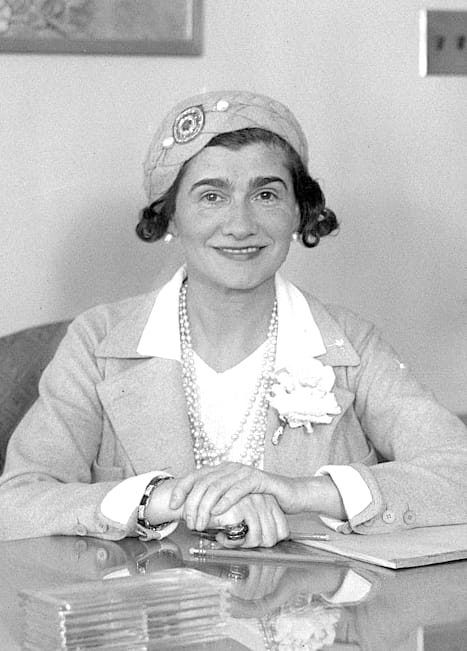
Perhaps my face shows some of the repetitive injuries of the spirit one endures on the road trip between life then and life now. Maybe my face shows a second wind of the soul.
So, yes, I was pretty then. And no, I am not pretty now. But that’s perfectly OK.
You, Dear Reader, are much needed and appreciated.
Everything written requires a reader to make it whole. The writer begins, then you, dear reader, take in the idea and its image, and so become the continuation of its breath. Please subscribe so that my words can breathe. Consider this my hand, reaching out to yours.
